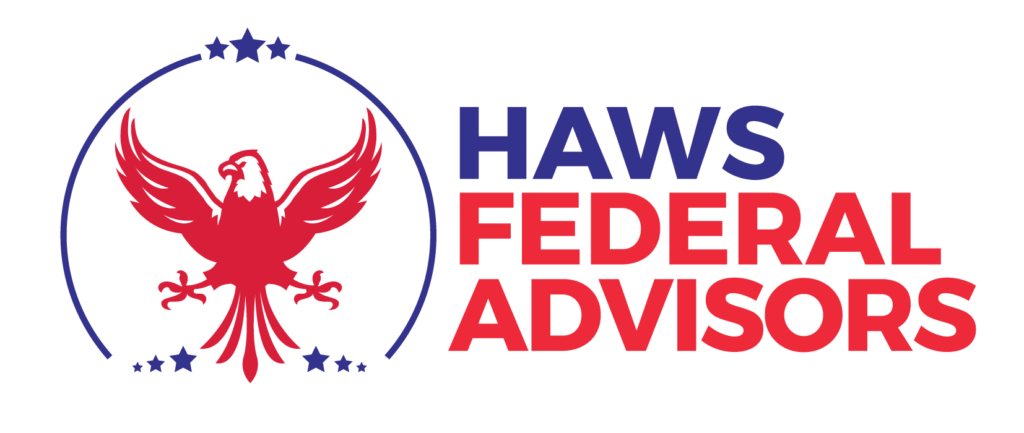Birthdays means something different for everyone but for federal employees, these 8 birthdays really count when it comes to being prepared for retirement.
Age 50
Many times, retirement can feel really far away, but there is something about turning 50 that makes it feel closer than ever. Age 50 is when many people get much more serious about preparing for the future. Fortunately, the government is looking out for those that might have had a late start saving for retirement by allowing catch-up contributions. This means that instead of being limited to TSP contributions of $19,500/year, those 50 and above can contribute an extra $6,500 in 2020.
Age 55
For those feds that retire before age 55, this milestone means that they can access their TSP without the normal 10% penalty that normally applies until age 59 and ½.
Planning Tip: If you are planning to retire early (before age 59 and ½) think twice before you roll your TSP over to an IRA. IRAs don’t have the special rules for penalty-free withdrawals at age 55 for those already separated from service.
Age 55 is also the age when FEGLI (Federal Employee Group Life Insurance) option B premiums start to double. This can be a great time to rethink your insurance needs or look for better rates elsewhere. Depending on your health, FEGLI may or may not be your best option.
Depending on your birth year (see chart below) your MRA (minimum retirement age) will be between age 55 and 57. This is the age at which you could retire with an immediate pension with 30 years of service.
Source: OPM
Age 59.5
This milestone is not unique to feds as this is the age that all retirement accounts (TSP, 401(k), IRA, 403(b)) can be accessed without the 10% penalty.
Note: If your retirement account is tax-deferred (not Roth) you will still have to pay taxes on withdrawals but there won’t be a penalty for early withdrawal.
Age 60
Once you have reached age 60 and have at least 20 years of service, you are eligible for retirement with an immediate pension.
Planning Tip: Just because you are eligible to retire does not mean that you should retire. Make sure you know what your retirement benefits are and what they’d be at 62 (when most FERS get a 10% bonus to their pension!).
Age 62
At age 62, you can retire with an immediate pension with only 5 years of service. Age 62 is also the earliest that you can turn on your Social Security benefits. But just like your FERS retirement, just because you are eligible to start your Social Security benefits does not mean that you should. The longer that you wait, the higher your benefit. And in many cases, the amount you are eligible for directly affects your spouse’s Social Security benefits as well.
Age 65
This is when federal employees (and non-federal employees for that matter) become eligible for medicare. Medicare part A is free for all those that have paid into the system and there would be no reason not to enroll. Medicare part B can be a harder decision because it does cost money. That being said, having both parts A and B will often lower or completely eliminate your deductible and copay costs in your FEHB.
Note: If you choose not to enroll in Medicare part B when you are first eligible around your 65th birthday, you will have to pay extra if you decide to enroll later.
Age 66 and 67
Depending on the year you were born, your full retirement age for Social Security will be between age 66 and 67. If you start drawing Social Security benefits before your FRA (full retirement age) then your benefits will be reduced. If you wait until after your FRA, your benefit will be increased. If you decide to take your benefits early but continue to work, your benefits will be reduced if you have W-2 income over certain limits. Once you hit your FRA, your benefits will not be reduced no matter when you start Social Security.
Age 72
At age 72, you’ll want to remember RMDs (Required Minimum Distributions). RMDs require you to withdraw a portion of your TSP balance every year. The amount is determined by your age and TSP balance. This rule will apply to all tax deferred retirement accounts (IRAs, TSP, 401(k) ect). The government takes this very seriously as they have a 50% penalty for any portion of the RMD that isn’t withdrawn.
Conclusion
Birthdays are a great thing but as you can see, there are a lot of things to think about. Starting to think about your next milestone now will make a world of difference in how comfortable you feel as you approach your next stage of life.


